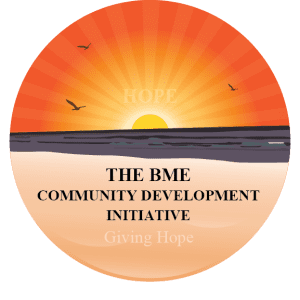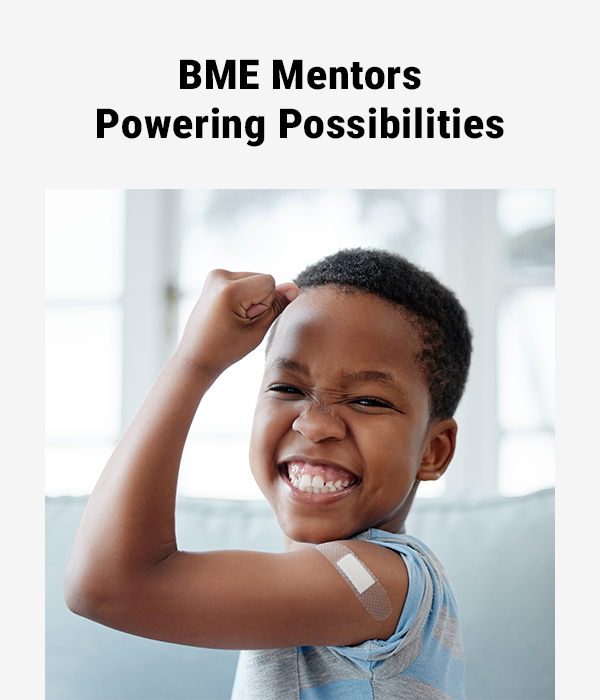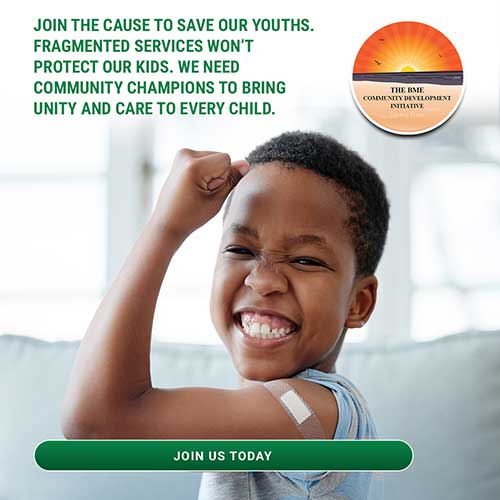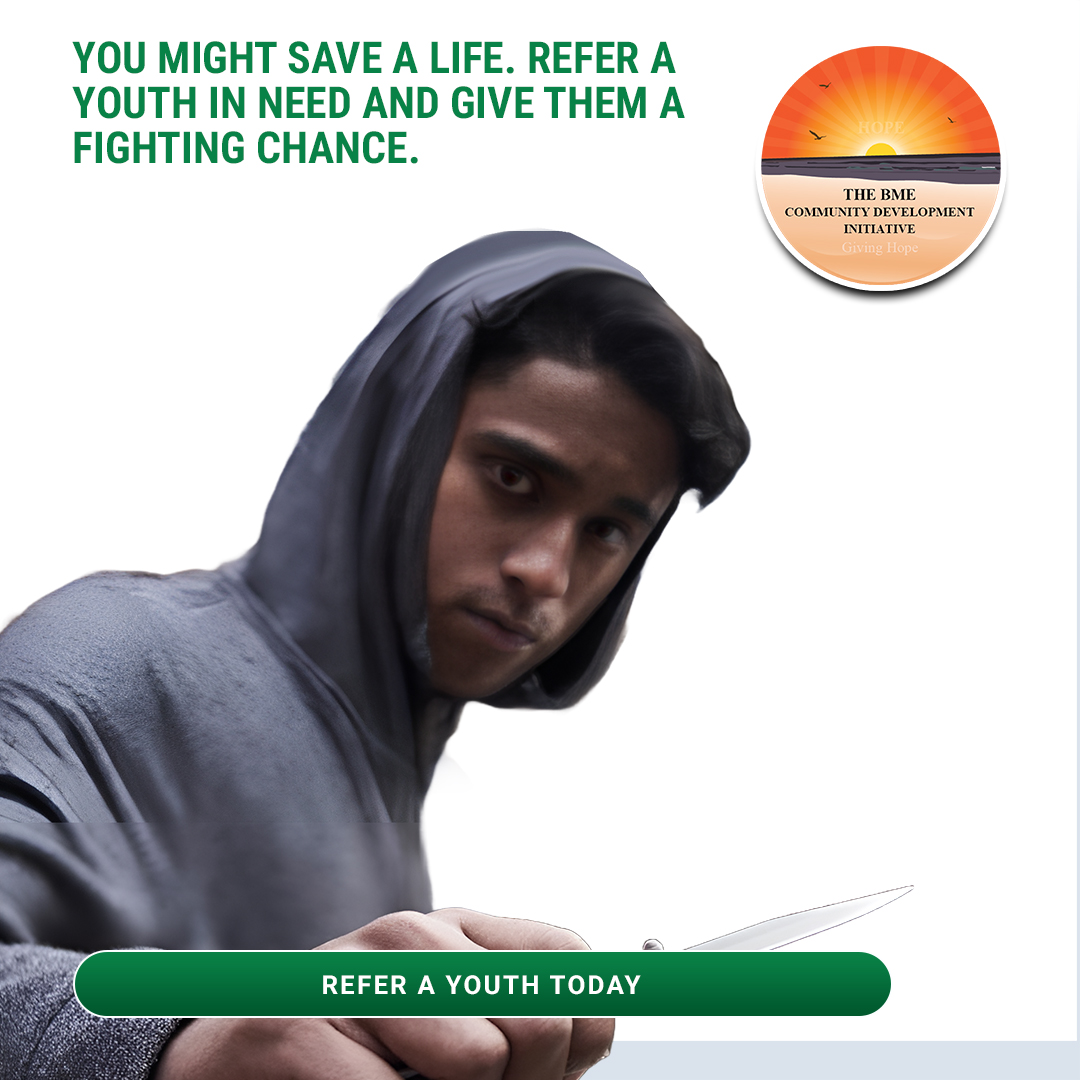From Gang Life to New Life
On the tough streets of Luton, a young man named Jamal felt he only had two choices: be prey or be predator. Growing up in a neighbourhood plagued by gang violence, Jamal saw kindness as a luxury he could not afford.
By 15, he had been recruited by a local gang; they gave him a nickname, a knife to carry, and orders to be ruthless. He thought these older boys were his “family.”
They taught him that loyalty meant hurting others and that mercy was weakness. So Jamal played the part, robbing other kids, getting into vicious fights, all the while burying any instinct of kindness deep inside. But inside, he was scared and miserable.
One night, Jamal’s gang involvement nearly got him killed when a deal went bad and a rival stabbed him. As he lay in the hospital recovering, something unexpected happened. His former primary school teacher, Mr. Andrews, came to visit. This teacher remembered Jamal as a bright little boy and was heartbroken to see what had become of him.
Our trained mentors know what it is like to face pressure, doubts and big dreams. Click below and we will match you with a mentor who listens, guides and has your back every step of the way.
Request a Mentor
Instead of lecturing, Mr. Andrews simply sat by Jamal’s bed, held his hand, and said, “I’m here for you. Whatever you need.” Jamal broke down in tears. It was the first unconditional kindness he had experienced in years. That moment became Jamal’s turning point.
With the support of Mr. Andrews and a local youth worker, Jamal left the gang. It was not easy. He received threats and had to rebuild his life from scratch, but he persevered.
Today, at 19, Jamal himself is a youth mentor, using kindness as the weapon to break the gang cycle. He meets boys headed down the same path he was on and shows them a different way. “These kids are not bad kids,” he says, “They’re just hurt and hungry for respect. I show them some love and respect, and they open up.
They start to believe they are worth something more.” By treating them with kindness, Jamal is defusing their anger and guiding them away from violence, just as Mr. Andrews did for him. Jamal’s story is echoed by many who escape gang life.
In London, a former gang member named Carl recalls how a simple act of kindness saved him. At 16, Carl was deeply involved in a gang dealing drugs, carrying weapons. One evening, he tried to rob a convenience store at knifepoint.
In the chaos, an elderly shopkeeper stumbled and Carl could have run away. Instead, noticing the man’s distress, something in Carl clicked: he helped the old man up, apologised, and fled empty-handed. That tiny spark of empathy haunted Carl.
He realised he was not as cold-hearted as the streets demanded. A week later, Carl showed up at a community centre known for helping troubled youth. He met a counsellor who did not judge him, but kindly listened and helped him find a job training program.
It was the first time an adult showed him consistent kindness and patience. With that support, Carl left the gang for good. He later learned that the shopkeeper he tried to rob had told police he forgave the culprit and hoped the boy would “find a better path.” That forgiveness, pure kindness from a stranger had given Carl permission to change.
Now in his twenties, Carl often revisits that same community centre, volunteering to talk to younger teens. He tells them, “I know you think nobody cares about you. I thought that too. But people do care. I care.
Let me help you.” Many of those teens, hardened by violence, break down when Carl speaks to them gently. They are not used to it. That is the tragedy: in some communities, kindness is so rare that it surprises and disarms these kids more than any threat could.
Kindness Breaking the Cycle
Serious youth violence whether gang-related or random feeds on revenge and “respect” battles. In many urban areas, one stabbing leads to another in retaliation, creating a vicious cycle of payback.
But kindness has proven to be a cycle-breaker. A powerful example comes from Leicester in 2013, where a feud between gangs spiralled out of control. After one youth was murdered, his friends sought revenge by setting fire to what they thought was a rival’s house.
Tragically, they had the wrong address and ended up killing an innocent family of four, a mother and her three children in the blaze. It was a horrific act born of anger and mistaken loyalty.
The violence could have escalated further, but something remarkable happened. Leaders from the community, including local imams and pastors, came together to publicly urge no retaliation. They reached out to the bereaved father of the family and showered him with support and compassion, attending the funerals and helping with funds.
The father, in his unimaginable grief, did something extraordinary: he forgave the perpetrators publicly and urged youths to stop the cycle. He said, “I’ve lost everything, but I don’t want any other parent to suffer like me.”
His forgiving kindness in the face of devastation moved the entire city. Rival gang members, who had been gearing up for more violence, were stunned. Many actually showed up at a community vigil to pay respects to the family standing side by side without fighting.
That father’s kindness had robbed them of their appetite for revenge. The cycle of killings ceased. Police and social workers seized on that moment to broker peace talks between gangs, eventually leading to a truce. It was an outcome no one thought possible weeks prior. Kindness does not always immediately stop violence, but in this case it did by removing the fuel of hatred.
In Glasgow, Scotland once branded the “knife crime capital” of Western Europe, a similar story played out. A decade ago, Glasgow’s youth gangs were entrenched and murders were common.
The government tried a bold experiment: the Violence Reduction Unit (VRU), which treated violence as a public health issue. Central to the VRU approach was an ingredient seldom associated with tough street crime: empathy.
Social workers and reformed gang members were sent to work with active gang youth, not to punish them but to listen and show concern. They ran programs where rival gang members met hospital staff who treated stabbing victims, and even met victims’ families.
But instead of lectures, these meetings were structured around humanising each other. Building empathy. One former gang member described a turning point when a nurse who had treated him for stab wounds asked him to talk to a current victim who was his own age. “She treated me like a human, not a thug,” he said of the nurse’s request.
In consoling a victim, that young man’s hardened heart cracked. He later left his gang, crediting the kindness and respect shown by those trying to help him. Over several years, dozens of young Glaswegian men left gang life through VRU initiatives, which included training, jobs, and ongoing mentorship steeped in compassion.
Glasgow’s murder rate plummeted by over 50%. What decades of brute force policing had not achieved, empathy and support did. This model focusing on kindness, understanding, and providing a route out has since been replicated in London, Manchester, and other cities.
It is important to note that kindness in these contexts is not about being “soft” on crime. It is about being effective. Young people involved in violence expect society’s contempt, which only entrenches their defiance.
When instead they encounter calm, caring outreach, it can throw them off balance in a good way. A London outreach worker once shared how he approached a teen who was known to carry a knife and had a hostile attitude.
Instead of chastising, the outreach worker regularly greeted him warmly: “Hey man, how’s your day going?” and offered help with anything he needed. For weeks, the teen brushed him off. But one evening the boy was visibly upset after a street altercation.
The outreach worker simply said, “You look like you have had a rough day. Want to talk about it over some food? My treat.” To his surprise, the teen accepted. Over burgers and chips, the story spilled out.
The boy’s brother had been stabbed by rivals and he was afraid he would be next. He felt trapped between wanting revenge and wanting out. That meal was the start of a mentoring relationship.
With guidance and no judgment from the outreach worker, the teen eventually decided not to seek revenge, and entered a program to relocate and get into construction work.
Months later, the boy admitted something that stuck with the worker: “I kept waiting for you to give up on me or cuss me out. You never did. No one’s ever just been cool with me like that. It made me think, maybe I can be cool too.” That is the essence. Kindness planting a seed of self-belief where previously there was only bitterness.
Kindness in Everyday Encounters
Not all acts of life-changing kindness make headlines. Often, it is the small, everyday gestures that cumulatively create a safer atmosphere. One teenager, a girl named Priya from Birmingham, recounted how a simple act in the school corridor saved her from a downward spiral.
Priya had been bullied about her skin condition; one day her main tormentor knocked her books out of her hands in the hallway, to the amusement of others. As Priya knelt, humiliated, to gather her papers, she was holding back tears when suddenly another girl she barely knew stooped down and helped her pick everything up.
That girl whispered, “Ignore them, they are idiots,” and gave Priya a quick side hug before walking with her to class. That tiny kindness was a lifeline. “It was the first time someone stood up for me,” Priya later wrote. “It stopped me from self-harming that day.” The bully lost his audience; seeing his peers show Priya care made him look small. Over time, Priya’s confidence grew and the bullying waned.
All from one compassionate bystander who decided not to stay silent. It reminds us: in the battle against cruelty, every kind act matters, no matter how small it seems. You never know which kind word or helping hand will be the one that turns someone’s day or life around.
Social media, so often a cauldron of nastiness, can also be reclaimed with kindness. Many teens have started combating online hate through positive comments and peer support.
For example, in one high school a rumour spread on Snapchat shaming a girl after a bad breakup. When a few students saw the cruel memes circulating, they decided to intervene.
They began posting sincere compliments about that girl her art talent, her humour in class with a hashtag #WeGotYourBack. Within hours, dozens more students joined in, drowning out the negative posts with positive ones.
The girl later said those messages “felt like a shield” protecting her from despair. The bullying stopped when the bullies saw that their behaviour was actually boosting the girl’s support and popularity exactly the opposite of their intention.
This is the “viral” nature of kindness. It multiplies when people see it in action. Today’s youth have immense power at their fingertips to amplify kindness or cruelty. By choosing kindness, they create an online culture that polices itself against bullying.
In fact, the UK’s Crimestoppers youth arm, Fearless, actively encourages teens to report online bullying anonymously and spread messages that challenge the “no snitching” culture with empathy, noting that staying silent about bullying can cost lives.
Slowly, these efforts are chipping away at the idea that cruelty is cool. More young influencers are promoting messages of inclusion, mental health support, and anti-bullying on platforms like Instagram and TikTok, reaching far wider audiences than any adult lecture could.
It is often said that children live what they learn. If they grow up in an environment of callousness, they will likely mimic it. But the opposite is true, too: raise them in kindness, and they will radiate it. A striking study showed that even very young children toddlers have an innate capacity for empathy.
They will try to comfort a crying peer or offer a toy to someone who is sad. It is in our nature to care. Cruelty is what is learned when kindness is not nurtured. In adolescence, peer dynamics complicate things, but the fundamental human need for kindness does not disappear.
Sometimes, troubled teens act toughest when they are hurting most, effectively begging for someone to show care behind their prickly armour. That is why the approach of persistent, patient kindness like the outreach worker who kept greeting the hostile boy warmly is so effective.
It might take a hundred tries, but that 101st kind greeting might be the day the teen’s walls crack and he says, “Actually, I’m not okay. Can you help me?” As a society, we have to be willing to give that 101st try.
We must also recognise that kindness is not just a nicety. It is a protective factor. The University of Kentucky found that gratitude and empathy fruits of kindness literally reduce aggression and increase “pro-social” behaviour.
Another study noted that kids who perform acts of kindness experience improved mental health and even become more popular because they are seen as trustworthy.
Kindness builds social capital when you are kind to others, you earn their support, which can shield you from bullying or gang pressure. A teen with a circle of kind friends is far less likely to fall through the cracks into violence or extremism.
Thus, teaching kindness is a tangible form of youth violence prevention and community healing. We invest so much in policing and correction. Investing in kindness may yield far better dividends. Imagine if every mentorship program, every school curriculum, every youth campaign made kindness a foundational pillar, not an afterthought.
kindness is the quiet hero in a noisy world of aggression. It might not grab headlines, but it works miracles in human hearts every day. It works in the hospital room, where a teacher’s kind presence redirects a gang member’s life.
It works in the classroom, where a gentle act by a peer stops a suicide. It works on the street corner, where an outreach worker’s friendly persistence disarms a would-be knife fighter.
It works in entire cities, turning the tide on violence through empathy and understanding. Kindness is not weakness. It is strength, healing, and courage combined. The cure for our communities’ pain won’t come solely from cracking down harder. It will come from reaching out more warmly. As Jamal, the former Luton gang member turned mentor, tells his mentees, “No matter how hard you think you are, everybody responds to love. Let someone be kind to you. It might save your life.”
And as he exemplifies, letting kindness in not only saves a life. It can transform it into a force for good, breaking vicious cycles and creating virtuous ones. In a world that can be cruel, choosing kindness is a revolutionary act. One with the power to change young lives and thereby change the world.
(The names in the above narrative have been changed to protect identities, but the events described are drawn from real cases of youth experiences in the UK and beyond.)







